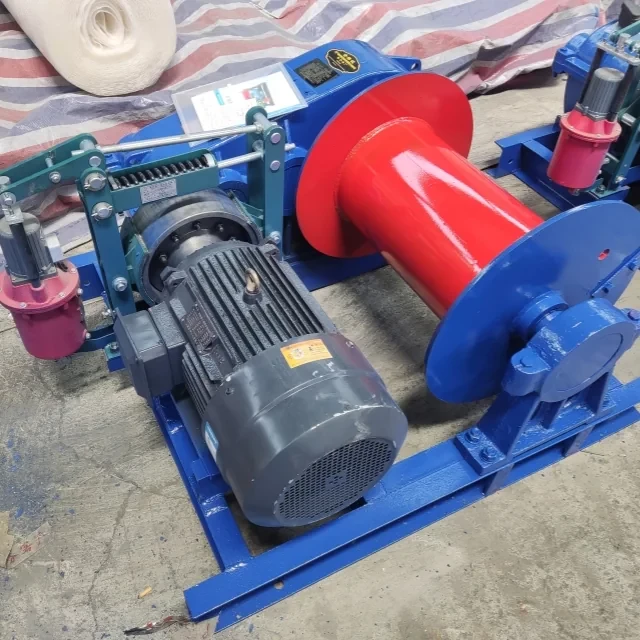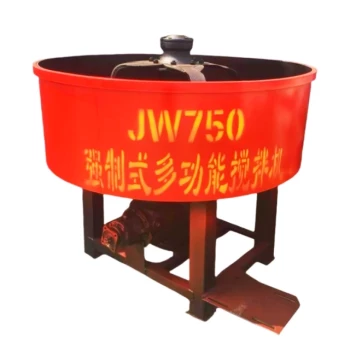Introduction
Wire ropes are the unsung heroes of industrial hoisting, combining advanced engineering with fail-safe mechanisms to handle extreme loads. This article breaks down the science behind their reliability, explores critical applications in construction and mining, and provides actionable maintenance insights—helping professionals optimize safety and performance in heavy lifting operations.
Wire Rope Engineering for Hoist Reliability
Multi-Strand Design and Load Distribution
Wire ropes distribute weight across multiple strands, minimizing stress on individual wires. A typical 6×19 construction (6 strands with 19 wires each) balances flexibility with strength. The Independent Wire Rope Core (IWRC) enhances this by:
- Preventing strand collapse under compression
- Storing lubricant to reduce internal friction
- Absorbing shock loads dynamically
Ever wondered why some ropes outlast others? The secret lies in their core design.
Fatigue Resistance in Repetitive Bending
Repeated bending around sheaves causes metal fatigue. High-grade steel ropes combat this through:
- Preformed strands: Wires are coiled to match the rope’s curvature, reducing internal stress.
- Cross-lay construction: Strands alternate direction to neutralize torsion forces.
Fail-Safe Mechanisms Preventing Catastrophic Failure
Redundancy is key. Even if one strand fails, others retain partial capacity. Regular inspections detect:
- Broken wires (6+ in one lay = immediate replacement)
- Corrosion pits degrading tensile strength
- Diameter reduction signaling core damage
Industry Applications and Performance Validation
Construction: Tower Crane Load Management
In skyscraper projects, wire ropes endure:
- Variable loads from shifting materials
- Weather exposure (UV, moisture)
- High-cycle fatigue (50,000+ lifts/year)
Case Study: A 35mm IWRC rope on a tower crane showed 20% longer service life versus fiber-core ropes due to better crush resistance.
Mining: Shaft Hoisting Under Abrasive Conditions
Mines demand ropes that withstand:
- Rock abrasion from guide rollers
- Chemical corrosion in damp shafts
- High-speed spooling (up to 20 m/s)
Did you know? Lubricant-infused cores can extend mining rope lifespan by 30% by reducing internal wear.
Optimizing Wire Rope Selection and Maintenance
Steel Grades and Core Types for Specific Loads
| Scenario | Recommended Rope Type |
|---|---|
| Dynamic loads | IWRC with 1960 MPa steel grade |
| Corrosive environments | Galvanized 1770 MPa rope |
Inspection Protocols to Mitigate Wear Risks
- Daily Checks: Visual scans for kinks or rust.
- Monthly Measurements: Calipers to track diameter loss.
- Annual NDT: Magnetic flux leakage tests for internal flaws.
Pro Tip: For equipment like Garlway winches, pair OEM-recommended ropes with scheduled lubrication to maintain warranty coverage.
Conclusion
Wire ropes exemplify engineering precision—transforming brute strength into controlled, reliable force. From their multi-strand anatomy to rigorous maintenance regimes, every detail ensures they power critical lifts safely. For professionals, choosing the right rope isn’t just about specs; it’s about trust in every lift.
Actionable Steps:
- Audit current ropes against operational demands
- Train teams on early wear detection
- Partner with trusted suppliers for OEM-compatible solutions
When your next project hangs by a thread, make sure it’s a wire rope engineered to hold.
Related Products
- Portable Concrete Mixer Machine Equipment for Mixing Concrete
- Commercial Construction Mixer Machine for Soil Cement Mixing Concrete
- Hydraulic Concrete Mixer Machine Cement Mixing Equipment for Mixture Concrete
- Ready Mixer Machine for Construction Ready Mix Machinery
- Concrete Cement Mixer Machine Drum Mixer for Construction
Related Articles
- How to Prevent Buffering Component Failures in Concrete Mixing Cylinders: Proactive Strategies That Work
- How to Verify Fasteners and Connectors in Concrete Mixers: A Safety-First Approach
- How Advanced Concrete Mixers Quantify Sustainability Beyond Waste Reduction
- How to Prevent Cold-Weather Lubrication Failures in Concrete Mixing Stations
- Optimizing Infrastructure Efficiency: How to Choose Between Concrete and Stabilized Soil Mixing Plants

















